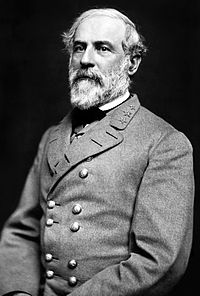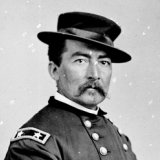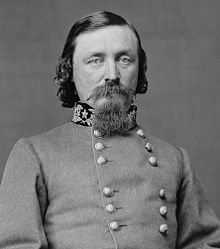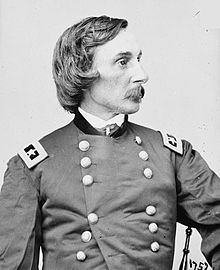April 14: This is going to be a special presentation today, because there were two disasters that I have always been fascinated by that took place on this day in history. I have been trying to make up my mind which one to highlight since the first of the year, and now it is today and I still can’t decide. So, I decided to present both of them.
On this day in 1865, John Wilkes Booth, an actor and fantatical Confederate sympathizer, fatally shoots President Abraham Lincoln at a play
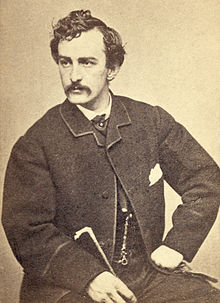
at Ford’s Theater in Washington, D.C. The attack came only five days after Confederate General Robert E. Lee surrendered his massive army at Appomattox Court House, Virginia, effectively ending the American Civil War.
John Wilkes Booth shot Lincoln in the back of the head while the president, first lady Mary Todd Lincoln and another couple were attending

Laura Keene’s acclaimed performance in Our American Cousin at a performance at Ford’s Theater in Washington, D.C. the night before.
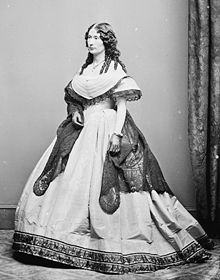
General Ulysses Grant and his wife, Julia Dent Grant had been invited first, but Julia Grant did not like Mrs. Lincoln and told her husband they were going instead to visit their children in Vermont. This decision very likely saved Grant’s life. Lincoln didn’t press the issue, because he knew Mary was very jealous of the attention Mrs. Grant would show him. Major Henry Rathbone and his fiancée Clara Harris,the daughter of

New York Senator Ira Harris were subsequently asked and they accepted the fateful invitation. The tragedy didn’t stop there for Major Harris. He could never shake off the guilt he felt for failing to protect the President, and eighteen years later, he ended up killing his wife and trying to stab himself several times, and he died in a hospital for the criminally insane.
Booth, a Maryland native born in 1838, who remained in the North during the war despite his Con-federate sympathies, had initially plotted only to capture President Lincoln and smuggle him into Richmond, the Confederate capital, to trade for peace and the victory. However, on March 20, 1865, the day of the planned kidnapping, the president failed to appear at the spot where Booth and his six fellow conspirators lay in wait. Two weeks later, Richmond fell to Union forces. In April, with Con-federate armies near collapse across the South, Booth hatched a desperate plan to save the Confed-eracy. Learning that Lincoln was to attend Laura Keene’s acclaimed performance in “Our American Cousin” at Ford’s Theater on April 14, Booth masterminded the simultaneous assassination of Lincoln, Vice President Andrew Johnson and
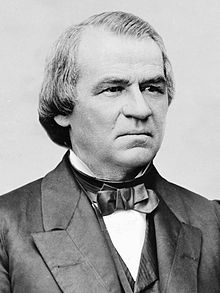
Secretary of State William H. Seward. By murdering the president and two of his possible successors, Booth and his conspirators hoped to
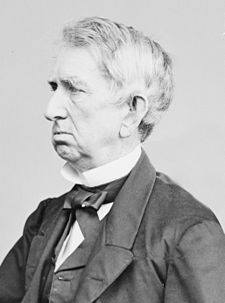
throw the U.S. government into disarray and avenge the South’s loss of the war. On the evening of April 14, conspirator Lewis T. Powell
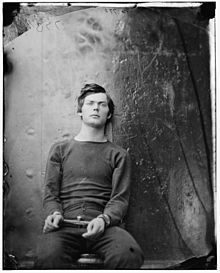
broke into Secretary of State Seward’s home, seriously wounding him, his son and three others, while George A. Atzerodt, assigned to Vice President Johnson, lost his nerve and fled. Meanwhile, just after 10 pm., Booth entered Lincoln’s private theater box unnoticed and shot the
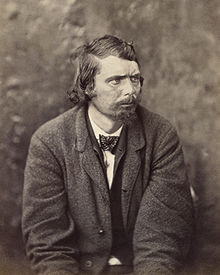
president with a single bullet in the back of his head. Slashing at Major Rathbone’s arm, Booth leapt to the stage and shouted “Sic semper tyrannis! [Thus always to tyrants]–the South is avenged!” Although Booth broke his leg jumping from Lincoln’s box, he managed to escape Washington on horseback.
Booth, was pursued by the army and secret service forces, until he was finally cornered in a barn near Bowling Green, Virginia, and died from a possibly self-inflicted bullet wound as the barn was burned to the ground. Another story, and the one more commonly believed, is that he was killed by a soldier, Boston Corbett, who shot Booth through the openings between the slats in the burning tobacco barn.
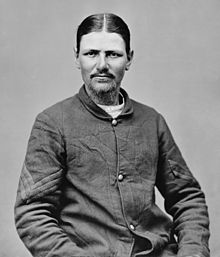
Of the eight other persons eventually charged with the conspiracy, four were jailed (including the doctor who set Booth’s leg, broken in his jump to the stage, Samuel Mudd, who later added his name to
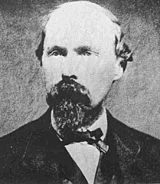
popular lexicon as a synonym for losing popular support) and four were hanged, including a woman and the mother of one of the co-conspirators, Mary Surrat. There was nothing but circumstantial evidence against her, because her son had been involved with Booth.
The president, mortally wounded, was carried to a lodging house opposite Ford’s Theater. About 7:22 a.m. the next morning, Lincoln, age 56, died–the first U.S. president to be assassinated. Lincoln, the 16th U.S. president, was buried on May 4, 1865, in Springfield, Illinois.
==============================================================================
Just before midnight in the North Atlantic, the RMS Titanic fails to divert its course from an iceberg, ruptures its hull, and begins to sink. The lookout hadn’t see the iceberg, despite the warnings, because he had no binoculars – the officer on duty before him had taken them with him. The wind was very still, so the water didn’t show up against the iceberg. He didn’t see it until they were almost on top of it, and a ship as big as the Titanic took a lot of time to make a turn.
Four days earlier, the Titanic, one of the largest and most luxurious ocean liners ever built, departed Southampton, England, on its maiden voyage across the Atlantic Ocean. While leaving port, the massive ship came within a couple of feet of the steamer New York but passed safely by, causing a general sigh of relief from the passengers massed on the ship’s decks.
The Titanic was designed by the Thomas Andrews, and built in the great Harland and Wolf docks. It spanned 883 feet from stern to bow. Its hull was divided into 16 compartments that were presumed to be watertight. Because four of these compartments could be flooded without causing a critical loss of buoyancy, the Titanic was considered unsinkable. The bulkhead doors did not go all the way to the top, because to do that, it would have cut into the deck space of the first class passengers. On its first journey across the highly competitive Atlantic ferry route, the ship carried some 2,200 passengers and crew.
After stopping at Cherbourg, France, and Queenstown, Ireland, to pick up some final passengers, the massive vessel set out at full speed for New York City. However, just before midnight on April 14, the ship hit an iceberg, and five of the Titanic‘s compartments were ruptured along its starboard side. At about 2:20 a.m. on the morning of April 15, the massive vessel sank into the North Atlantic.
Because of a shortage of lifeboats and the lack of satisfactory emergency procedures, more than 1,500 people went down in the sinking ship or froze to death in the icy North Atlantic waters. Most of the approximately 700 survivors were women and children. A number of notable American and British citizens died in the tragedy, including the noted British journalist William Thomas Stead and heirs to the Straus, Astor, and Guggenheim fortunes. The announcement of details of the disaster led to outrage on both sides of the Atlantic. The sinking of the Titanic did have some positive effects, however, as more stringent safety regulations were adopted on public ships, and regular patrols were initiated to trace the locations of deadly Atlantic icebergs.
For a full list of the passengers, click here.
To purchase a signed copy of Larry Auerbach’s novel “COMMON THREADS”, Click Here
Photo courtesy of wikipedia.com


